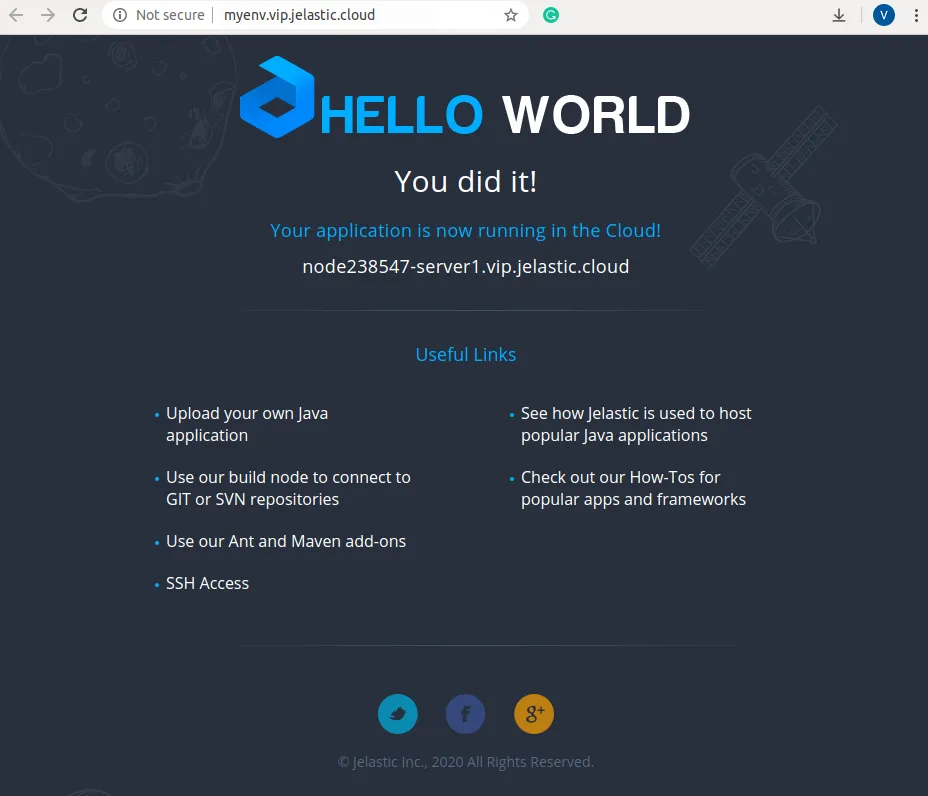Jenkins is an open-source continuous integration and delivery system designed to ensure build and deploy automation. It is well-suited to be installed in the cloud to run self-hosted pipelines.
Jenkins supports clustering via master-slave mode. A build process can be delegated to several slave (worker) nodes. This allows serving multiple projects in a single Jenkins cluster setup.
In this article, we’ll describe how to install Jenkins cluster with slave nodes auto-discovering and self-registering inside a master node. Jelastic PaaS implemented this solution in Jenkins DevOps Pack that can be installed from the Marketplace or through the environment setup wizard as a New Environment. In this tutorial, we’ll cover both. Also, you will find out how to build a simple Java project hosted on GitHub using the Jelastic Maven plugin.
Jenkins DevOps Pack Installation
Installation From Marketplace
1. Access the platform dashboard, click on Marketplace > Dev & Admin Tools, find Jenkins DevOps Pack, and press Install.
2. If required, change the number of workers (slaves), Environment name, and destination Region.
3. As it is shown in the picture below, the deployed Jenkins topology comprises one master node and two worker nodes.
Installation as New Environment
To simplify cluster provisioning, our team has prepared Jenkins certified templates for master and worker nodes. Once you click on the New Environment and add Jenkins application server, the Auto-Clustering functionality creates cluster topology which comprises one master node and one worker node by default. The worker nodes can be scaled out horizontally up to 16 nodes being automatically detected and registered at the master node and vice versa.
#tutorial #devops #jenkins #jenkins ci #cicd pipeline #cloud build
